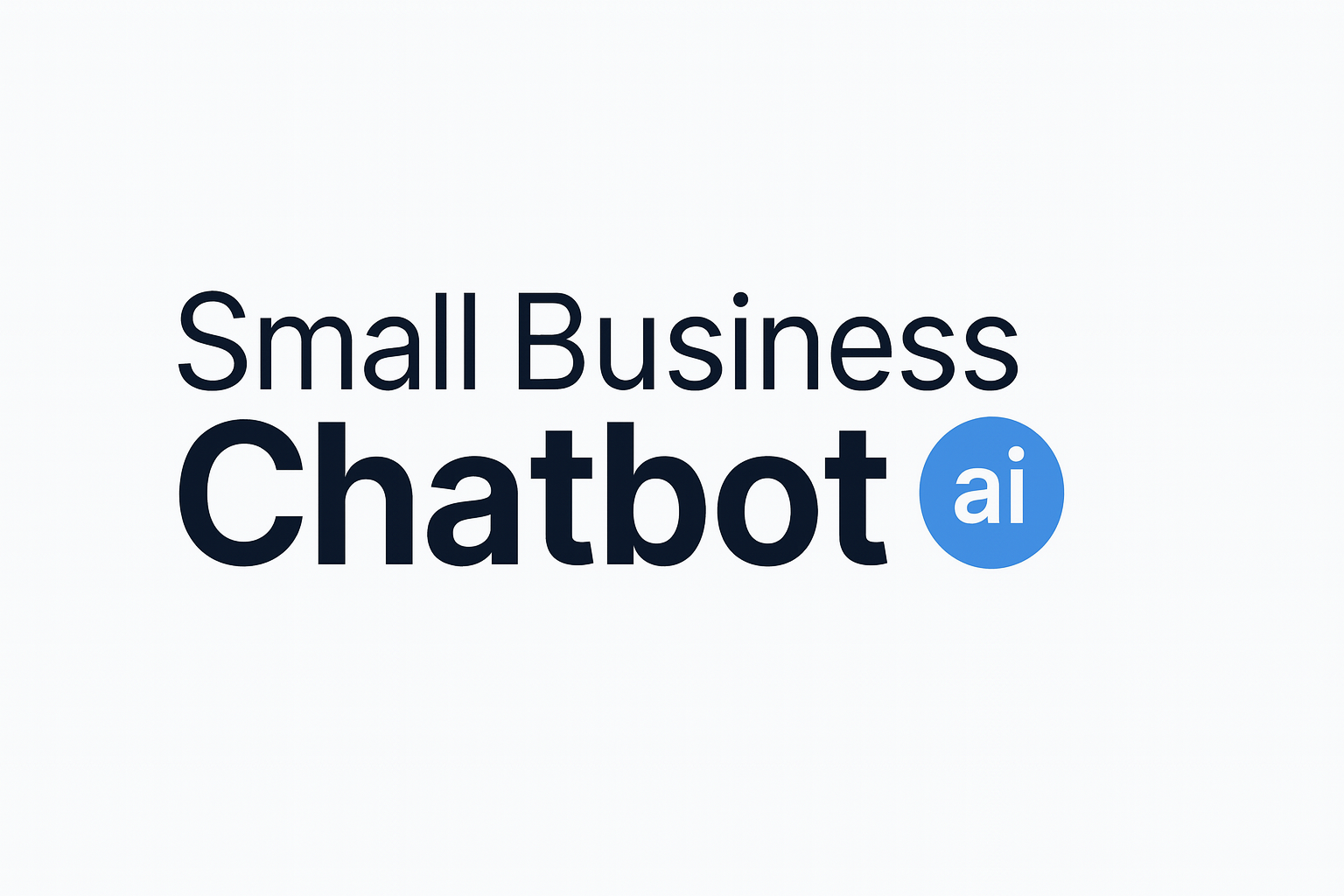Practical, step‑by‑step guidance for adding multi-language support to your AI chatbot so customers feel understood from the first message.
- More than 1 in 5 U.S. residents (22%) speak a language other than English at home (U.S. Census Bureau, 2025) [1].
- 71.1 million U.S. residents speak languages other than English at home, based on 2023 ACS data (Migration Policy Institute, 2024/2025) [2].
- 76% of consumers prefer product information in their own language and 75% are more likely to repurchase when care is offered in their language (CSA Research, 2020) [3].
- 68% of consumers would switch to a brand that offers support in their native language (Unbabel survey via Business Wire, 2021) [4].
Use these numbers to estimate demand and justify the business case for multilingual support.
Why multilingual chatbots matter
For many small businesses, customer conversations already span multiple languages—whether you operate a local service business, a clinic, or an online store. Meeting customers in their preferred language improves clarity, builds trust, and reduces handoffs to live agents. It also broadens your market without adding headcount.
- Fewer abandoned chats and missed bookings.
- Higher conversion on quotes, appointments, and checkout flows.
- Better CSAT for non‑English speakers, who often face the steepest friction.
- Launch with 1–2 high‑impact languages and expand as you learn.
- Localize your most common intents first (hours, pricing, scheduling, policies).
- Keep a human handoff option available in every language from day one.
Plan your language mix
Choose languages based on actual demand, not guesses. Combine analytics with community knowledge to prioritize your launch set.
Start with 1–2 languages where you’ll see the biggest lift, then add more on a predictable cadence (e.g., quarterly) once your workflow is stable.
Choose your technical approach
There isn’t one “right” way to deliver multi‑language support. Pick an approach that matches your budget, accuracy needs, and staffing.
1) Native multilingual model
Use an AI model that understands and replies in many languages without translation middleware. This reduces latency and preserves nuance but still benefits from human review for sensitive content.
- Best for: Real‑time chat, small knowledge bases, conversational tasks.
- Watch for: Variations by locale (e.g., es‑MX vs es‑ES) and right‑to‑left rendering.
2) Translate‑in / translate‑out (middleware)
Detect the user’s language, translate inbound messages to your bot’s base language, process, then translate the reply back. Quality improves when you add glossaries and style guides.
- Best for: Larger knowledge bases, omnichannel support, and when you already maintain English content.
- Watch for: Loss of tone, industry terms, and privacy when using third‑party translation APIs. Use domain glossaries and opt‑out PII fields from logs.
3) Locale‑specific bots
Create separate bots per language/region with localized intents, flows, and content. This yields the most control and culturally accurate experiences at the cost of more maintenance.
- Best for: Regulated services, high‑touch sales, or when policies vary by location.
- Watch for: Content drift across locales—schedule monthly syncs.
Decision tips
- If you need speed to launch, start with translate‑in/out and upgrade high‑volume languages to native or locale‑specific later.
- If brand tone is critical (e.g., clinics, legal), budget for human review and terminology management from day one.
Prepare localized content and tone
Language is more than words—it’s formality, cultural norms, and expectations. Keep replies clear and friendly across languages while respecting local style.
Build a lightweight localization kit
- Glossary: 50–150 key terms (product names, measurements, policies).
- Style guide: Form vs. casual address, emojis, units, and date/time formats.
- Pre‑approved snippets: Greetings, disclaimers, and handoff language.
Write for translation
- Use short sentences and avoid idioms.
- Prefer active voice and consistent terminology.
- Localize variants (e.g., Spanish for Mexico vs. Spain) when it affects clarity.
Pro tip: If you’re just starting out, translate your top 20 intents and the 10 most‑sent human handoff messages first. Expand from there.
Configure detection, routing, and fallbacks
Detect the user’s language
- Use an automatic detector and confirm with a quick choice prompt (e.g., “¿Prefieres continuar en español?”).
- Respect browser or device Accept‑Language and remember the user’s choice for the session.
Route to the right experience
- Apply the correct language model or translation pipeline.
- Load locale‑specific knowledge (hours, prices, legal text, holidays).
Design resilient fallbacks
- When low confidence is detected, ask a clarifying question in the user’s language.
- Offer a human handoff button in every language, with expected wait times.
- Log unknown intents by language so you can fix gaps quickly.
Train, test, and launch
Data you need
- 10–30 real transcripts per high‑volume intent, per language, if possible.
- Edge cases: slang, typos, code‑switching (mixing languages in one message).
Quality checks that fit small teams
- Native speaker review of top 20 intents before launch.
- Glossary enforcement in translations (brand names, legal phrases).
- Test right‑to‑left rendering (Arabic, Hebrew) and special characters.
- Measure pre‑launch accuracy with a small test set; fix anything under your quality bar.
Go‑live checklist
- Welcome message appears in the detected or chosen language.
- Human handoff is always one tap away and labeled in the same language.
- All URLs, forms, dates, and currencies match the locale.
- Analytics capture language, satisfaction, resolution, and escalation.
- Weekly transcript review cadence is scheduled with owners per language.
Compliance and data handling
Protect customer trust by minimizing data collection and clarifying how translations are processed.
- PII hygiene: Mask or avoid sending personal data to third‑party translation APIs. Redact names, emails, and order numbers where possible.
- Retention: Set short retention for raw transcripts; store only what you need for QA and reporting.
- Consent & disclosure: Tell users when a virtual agent handles their request and how to reach a person.
- Accessibility: Ensure color contrast and screen‑reader labels work across languages; test RTL layouts.
Monitor, measure, and improve
Make optimization a habit. Track performance by language, not just overall.
Key metrics
- Containment rate: % of conversations resolved without human handoff.
- CSAT by language: Use quick in‑chat ratings and read comments for tone issues.
- Top failed intents: Fix the queries that most often trigger handoffs.
Monthly tune‑up routine
- Review 20 random chats per language; add clarifiers where users struggled.
- Refresh the glossary with any new product, policy, or slang that appeared.
- Promote the next‑most requested language when quality and bandwidth allow.
Frequently asked questions for multilingual chatbots
- How many languages should I launch with?
- Start with 1–2 that match your top customer segments or service areas. Expand once your quality checks and review cadence are in place.
- Do I need professional translators if I’m using AI?
- AI can handle most routine intents. Use native speakers or professionals to review critical flows (medical, legal, pricing, policies) and to build glossaries and tone guides.
- How do I detect a user’s language reliably?
- Combine automatic detection with a quick confirmation message. Respect device/browser language and store the choice per session.
- What about code‑switching (mixing languages)?
- When mixed input is detected, reply in the previously confirmed language and ask a clarifying question. Keep a one‑tap option to switch languages.
- How do I support right‑to‑left languages?
- Use fonts that include RTL scripts, set dir="rtl" where needed, and test message bubbles and forms for alignment and punctuation.
- How will I know if it’s working?
- Track CSAT and containment by language, plus resolution time and top escalations. Improvements should show up in fewer handoffs and higher ratings within 2–4 weeks.
References
- U.S. Census Bureau (2025). New Data on Detailed Languages Spoken at Home and the Ability to Speak English. census.gov
- Migration Policy Institute (accessed 2025). U.S. language and English proficiency (2023 ACS). migrationpolicy.org
- CSA Research (2020). Consumers Prefer Their Own Language — Can’t Read, Won’t Buy (B2C). csa-research.com
- Business Wire (2021). Unbabel Global Multilingual CX Survey — 68% would switch brands for native‑language support. businesswire.com
Citations in the article reference the numbered sources above. Years shown reflect study or release year.



